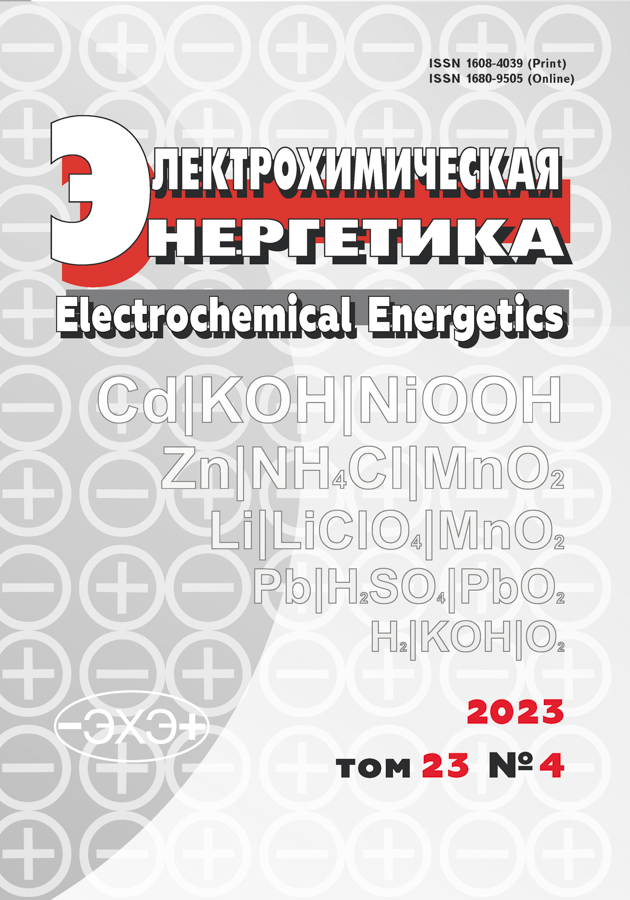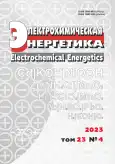The division of the four-component reciprocal system Na+, Rb+, Cs+ || F−, NO3− into stable elements was carried out for the first time. The phase tree, confirmed by the experimental data from the differential thermal analysis, was constructed. The chemical interaction in a yet unexplored faceting element, i. e. in the three-component reciprocal system Na+, Cs+ || F−, NO3−, and in the four-component reciprocal system was studied. Phase equilibria in the three-component reciprocal system Na+, Cs+ || F−, NO3− and in the stable tetrahedron NaF-NaNO3-RbNO3-CsNO3 of the four-component reciprocal system Na+, Rb+, Cs+ || F−, NO3– were experimentally studied. The calculation-graphical method to predict the melting temperature in the stable elements of the four-component reciprocal system Na+, Rb+, Cs+ || F−, NO3− by describing the lower and the upper boundaries of properties according to the data of the one-, two- and three-component systems was used. The obtained compositions of eutectic alloys can be used as low-melting electrolytes for chemical cells, heat-storing materials, heat-storage mediums, melt-solvents of inorganic substances and as a reference material.
 167-187
167-187


 188-196
188-196


 197-206
197-206


 207-216
207-216












